Tucked away on the coast of Calabria, Chianalea di Scilla stands out as one of Italy’s most charming fishing villages. When I first wandered into this hidden gem, I felt completely spellbound by its narrow, winding streets that seem to spring right out of the sea.
People here build their homes so close to the waves that locals joke the sea is basically their front yard. It’s a wild, beautiful setup.
What really sets Chianalea apart is its ancient swordfish hunting tradition. This ritual stretches back centuries. From early May through September, local fishermen take to the Strait of Messina in their “feluche”—tall boats with extended platforms and lookout towers.
These boats haven’t changed much over the years. The design lets fishermen spot and hunt swordfish as they migrate through the strait, heading off to reproduce.
As I wandered Chianalea’s maze-like alleys, I stumbled into a world where time just stops. Colorful boats rest against old stone buildings. Nets hang out to dry in the sun, and the pace of life follows the sea’s rhythm.
Most travelers chase after Italy’s famous hotspots, but this little Calabrian fishing village offers something rare—an authentic peek into Mediterranean traditions that somehow survived the modern rush.
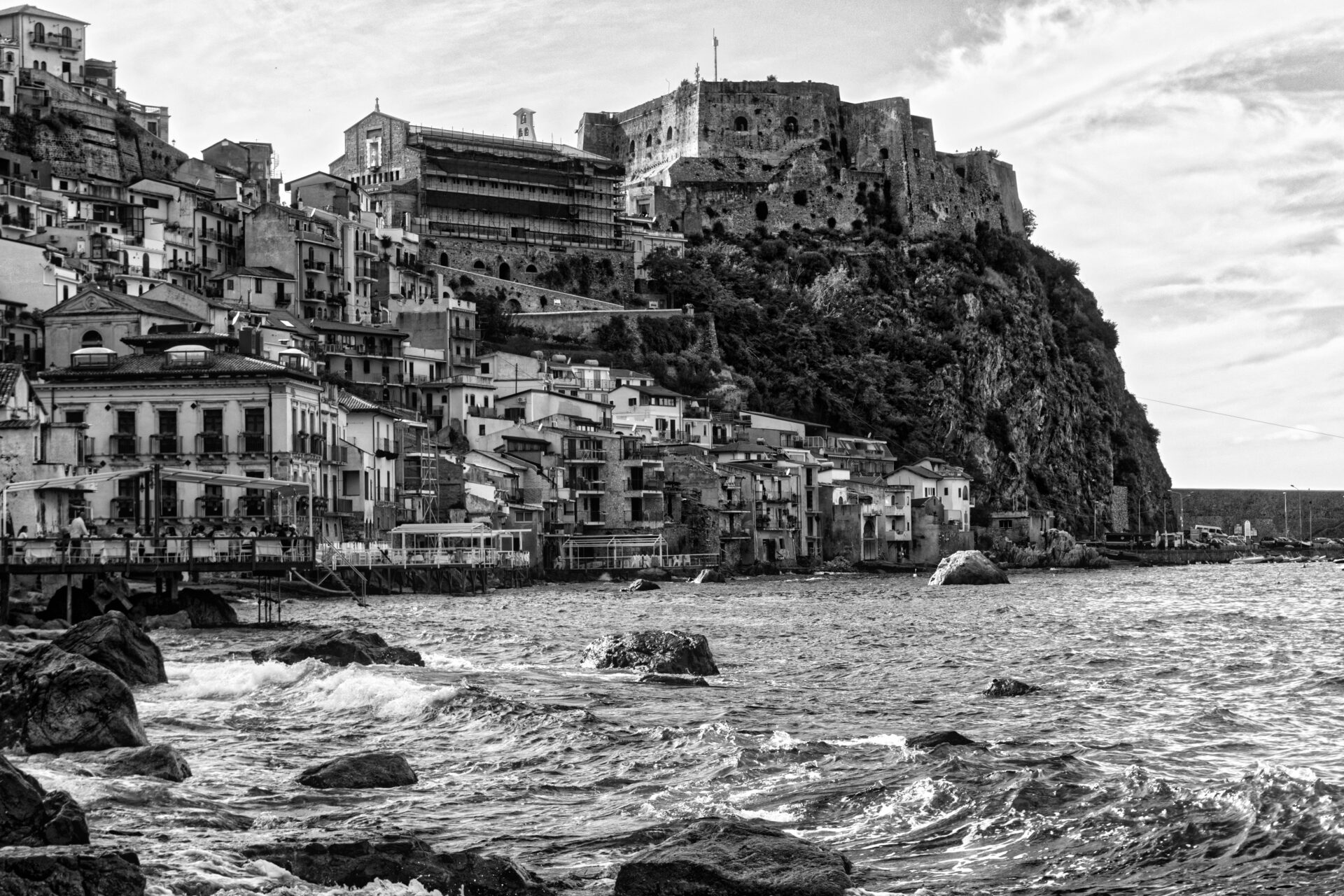
Chianalea’s Labyrinth: Narrow Streets and Seaside Alleys
Walking through Chianalea feels like drifting into a dream where stone pathways meet the sea at every turn. This ancient fishing district forms a fascinating maze, with boats and buildings in perfect, quirky harmony.
Winding Paths and Alleyways
The narrow streets in Chianalea twist and turn, creating an enchanting labyrinth. Honestly, I found it impossible not to get lost on purpose. These paths, sometimes barely wide enough for two, snake between centuries-old stone houses.
Every so often, the streets open up to sudden, breathtaking sea views. The sound of the waves follows you everywhere. Some alleys drop you right at the water’s edge, where fishing boats bob quietly against tiny quays.
What’s really cool is how these passages link homes, restaurants, and the sea in a layout that just happened naturally over time. Unlike modern neighborhoods, Chianalea’s paths follow the coastline’s twists and turns.
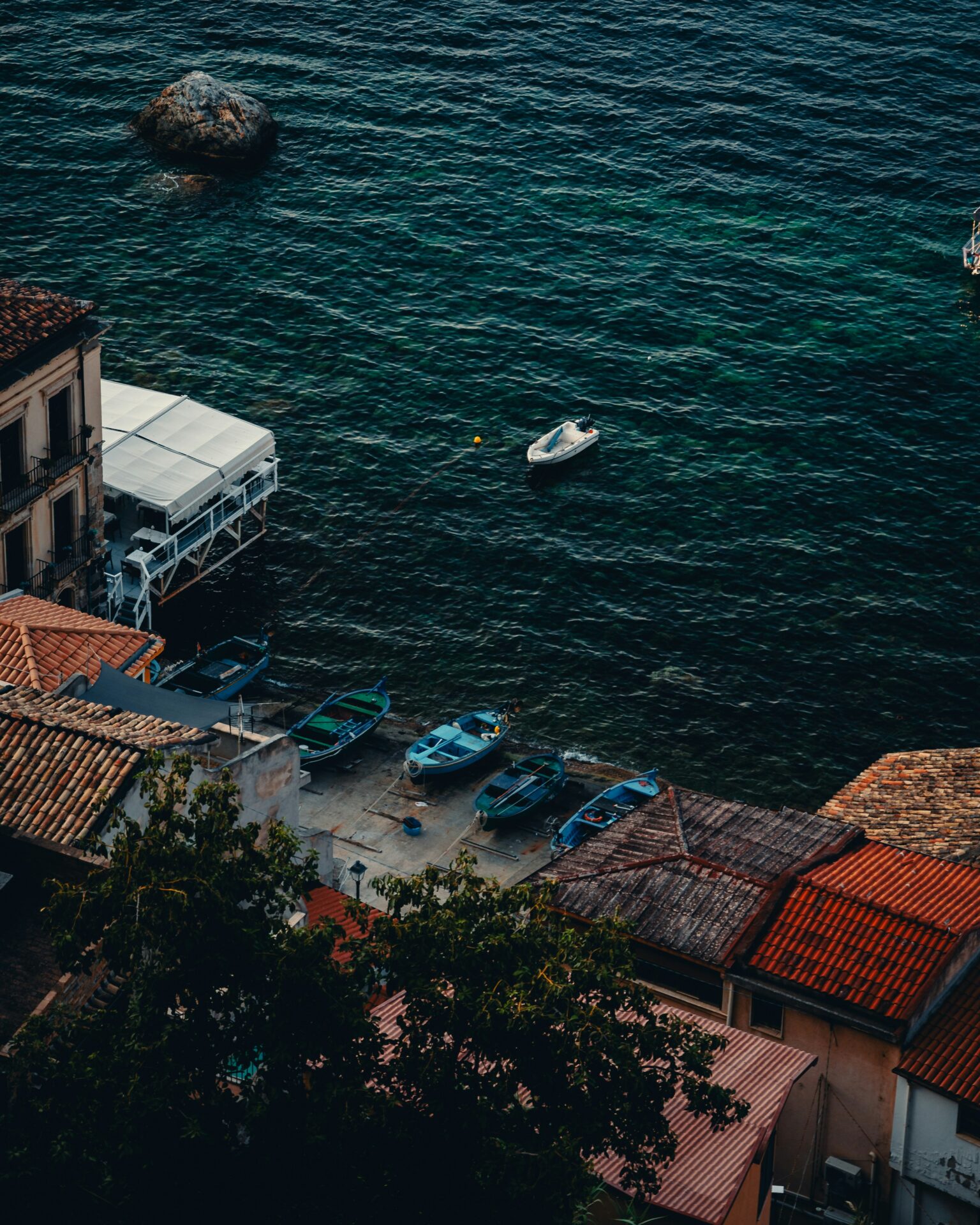
Architecture of the Fishing Village
Chianalea’s buildings show off traditional maritime architecture with a personality all their own. Stone houses rise straight from the water, their foundations blending into the rocky shore.
A lot of homes have outdoor staircases leading to upper floors and rooftop terraces. From those terraces, you get jaw-dropping views of the Strait of Messina.
I noticed doors and windows painted in bright blues and greens, which pop against the old stone walls. Some houses even have tiny balconies hanging right over the water.
People built these structures close together, which helps shield them from strong winds and storms. This tight-knit setup gives Chianalea its cozy, intimate vibe—and it’s why the village earned a spot among Italy’s “Borghi più belli d’Italia” (most beautiful villages).
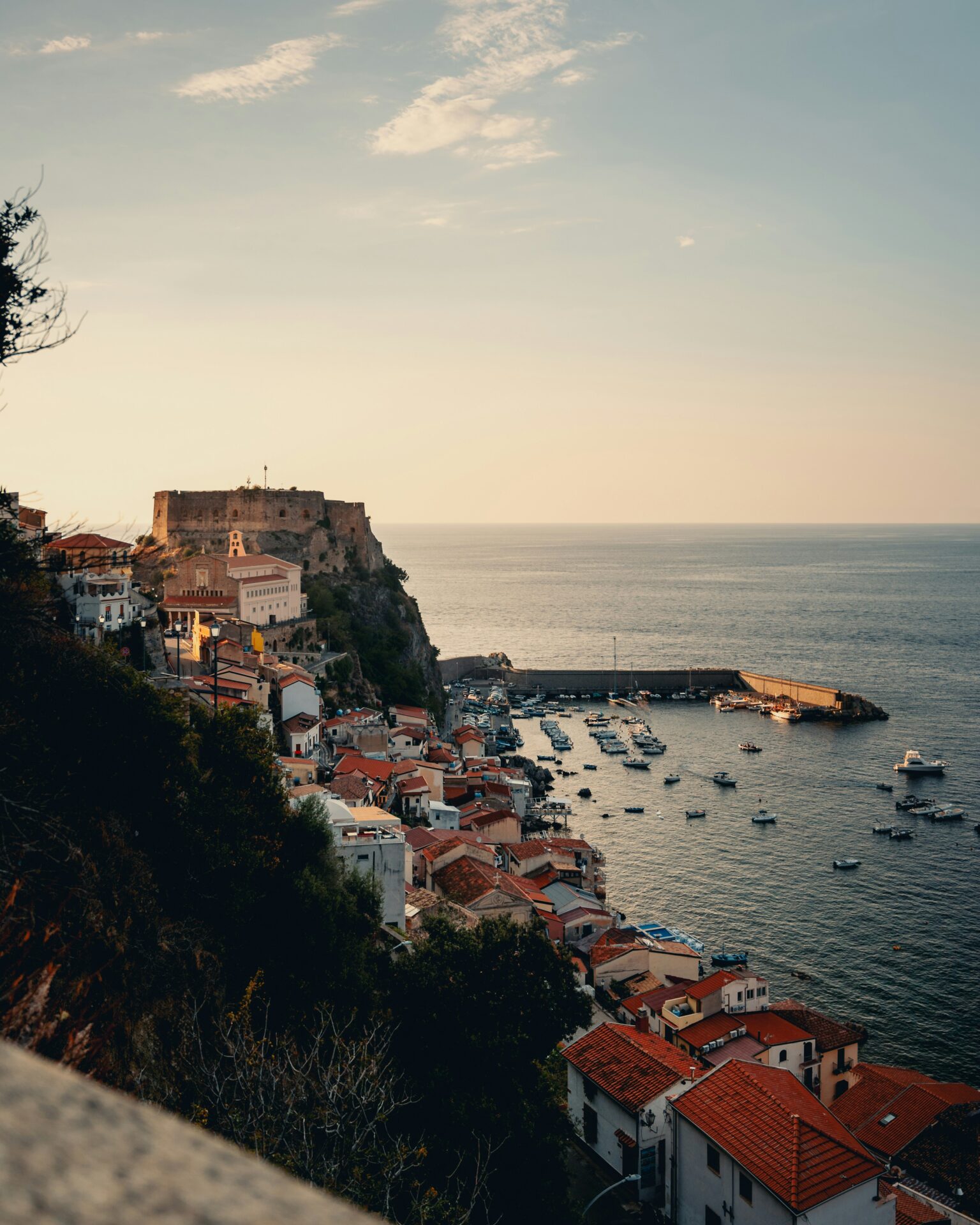
The Charm of ‘Little Venice’
People often call Chianalea the “Little Venice of the South,” and honestly, it makes sense. Water flows everywhere, weaving between and even beneath buildings.
What really charmed me was watching fishermen moor their colorful boats right in front of their homes. It isn’t just for show—it’s a living tradition. Small wooden bridges connect parts of the village, adding to that Venetian feel.
Waterfront trattorias serve the day’s catch, with tables set just inches from the gentle waves. I sat down to fresh swordfish as water lapped against the restaurant’s stone foundation.
Evenings here turn magical. Lights dance on the water, creating golden pathways between buildings. That close connection to the sea defines Chianalea’s unique charm. I can’t help but come back, year after year.

Swordfish Boats and the Rhythm of Fishing Life
Chianalea’s ancient swordfish hunting shapes daily life and gives the village its unique maritime culture. These fishing practices tie people to their ancestors and to the Mediterranean’s timeless rhythms.
Traditional Swordfish Boats (Feluccas)
When I strolled along Chianalea’s harbor, the silhouettes of traditional swordfish boats—feluccas—jumped out at me. These wooden boats have unusually tall masts and long bowsprits, making them easy to spot.
What grabs my attention most is the lookout platform perched high above the deck. Spotters climb up there to scan the Strait of Messina for swordfish fins slicing through the surface.
Each boat bursts with bright colors and sometimes shows off a family crest. Families have passed these boats down through generations. The design barely changed over the centuries, which says a lot about the wisdom built into these vessels.
I watched fishermen get their boats ready each morning, checking nets and gear with practiced, almost automatic hands. These boats aren’t just tools—they’re floating pieces of heritage, connecting today’s Chianalea to its ancient Magna Graecia roots.
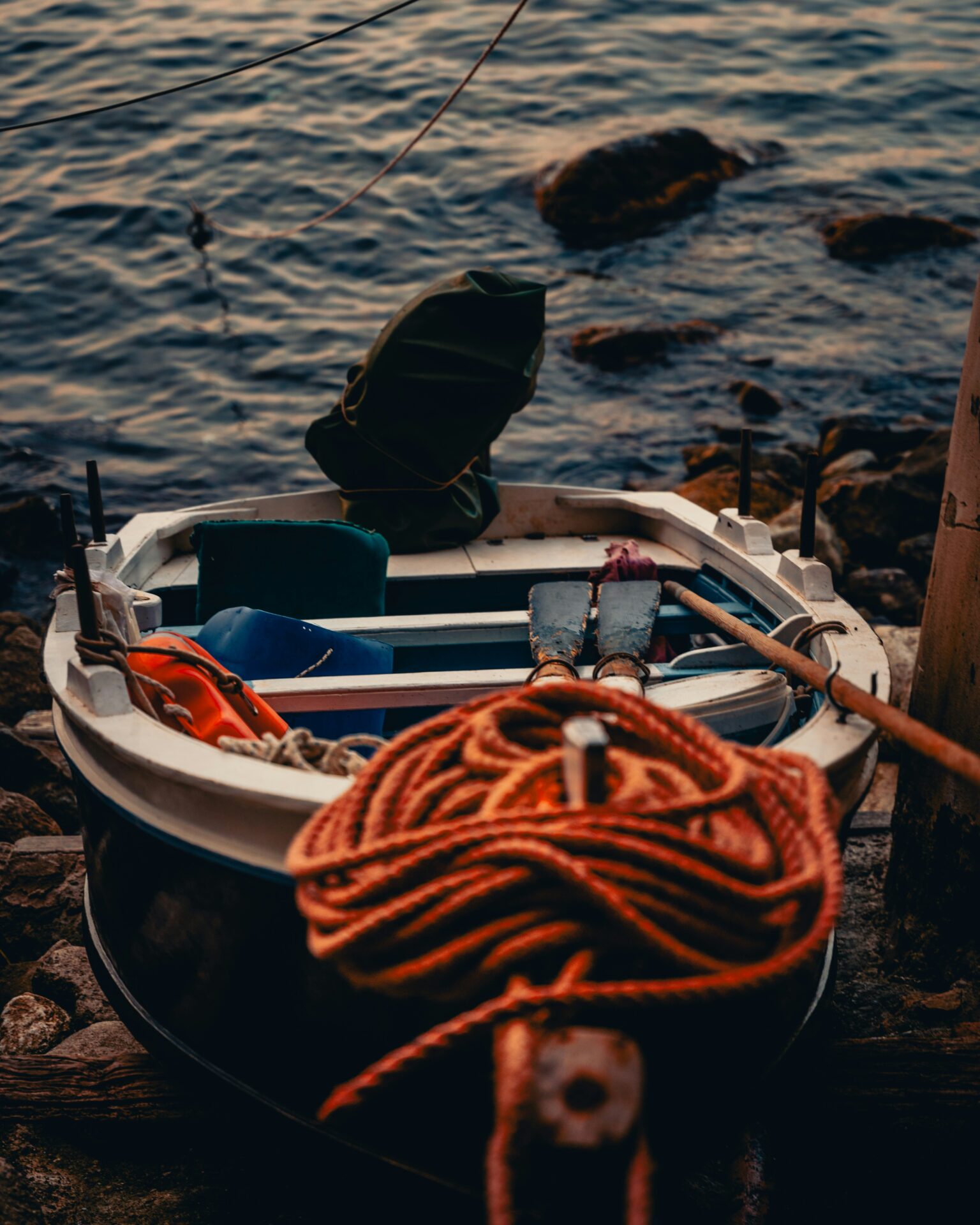
Legendary Swordfish Hunting Techniques
Swordfish hunting season runs from early May through September, when swordfish migrate through the strait to spawn. I learned that locals follow strict patterns, honed over countless generations.
The captain runs the whole show from the tall lookout platform. As soon as someone spots a swordfish, the boat moves into place with surprising precision, while a harpooner gets ready at the bow.
The best harpooners earn huge respect in the community. They have to judge distance, water movement, and the fish’s path in a split second before making their throw.
“My father taught me to feel the movement of the sea,” one fisherman told me as we sipped espresso by the docks. “You become one with the boat, the harpoon, and the fish.”
This hunting method hasn’t really changed since ancient times, though some boats now use sonar as a backup. Still, the heart of the hunt stays old-school.

Generations of Fishermen and Family Stories
In Chianalea’s narrow streets, I met families whose fishing roots stretch back ten generations or more. Kids grow up watching their fathers and grandfathers prepare for the hunt, picking up knowledge you just can’t find in textbooks.
Many homes show off harpoons, nets, and old photos of record catches. One elderly woman showed me a faded picture of her husband with a massive swordfish from 1968—a story she’s told a hundred times, and her pride never fades.
Local restaurants serve up the freshest swordfish dishes, using recipes that travel down the generations. I tried pasta con pesce spada, a dish the chef learned from his grandmother.
Swordfish mean everything here—not just as food, but as the backbone of a whole cultural ecosystem. Boat builders, restaurants, and tourism all rely on this tradition.
During festivals, kids act out plays about the hunt, keeping traditions alive even as fewer young people choose fishing as a job.
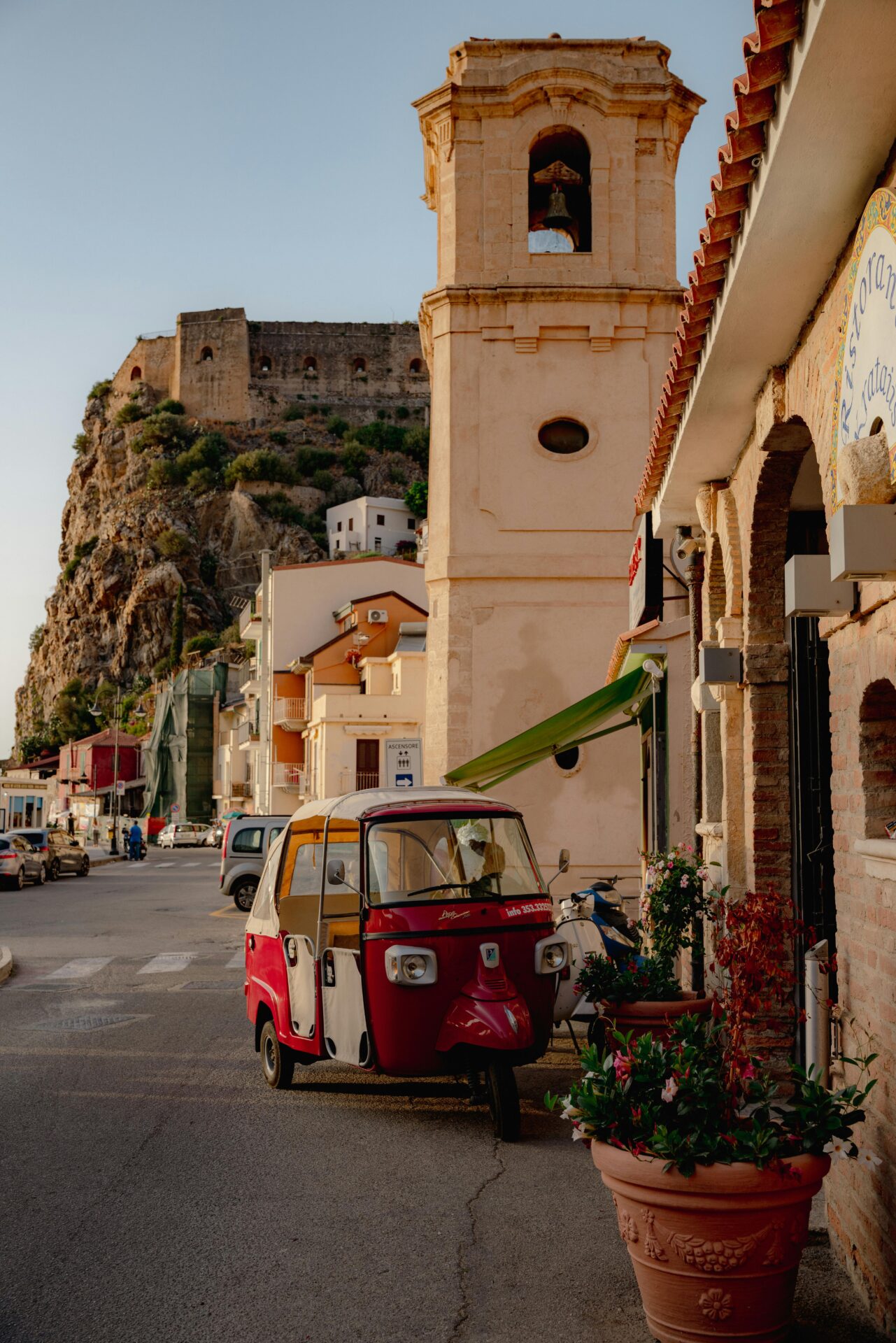
Legends, History, and Timeless Culture by the Sea
Chianalea’s identity runs deep in ancient mythology and centuries of maritime history. These stories and customs still shape the village’s culture today.
Ancient Myths: Scylla, Charybdis, and Homer’s Odyssey
As I walk through Chianalea, I can’t help but sense the mythological weight of this place. The town’s name, Scilla, comes from the sea monster Scylla in Homer’s Odyssey. According to the legend, Odysseus had to sail between Scylla and the whirlpool Charybdis on his way home.
The sorceress Circe warned Odysseus about Scylla, describing her as a monster with six heads who’d snatch sailors from passing ships. Many people think Homer based this creature on the dangerous currents and rocks in the Strait of Messina.
These myths aren’t just old stories here—they’re part of daily life. Locals still talk about these legends when they discuss the unpredictable waters around their village.
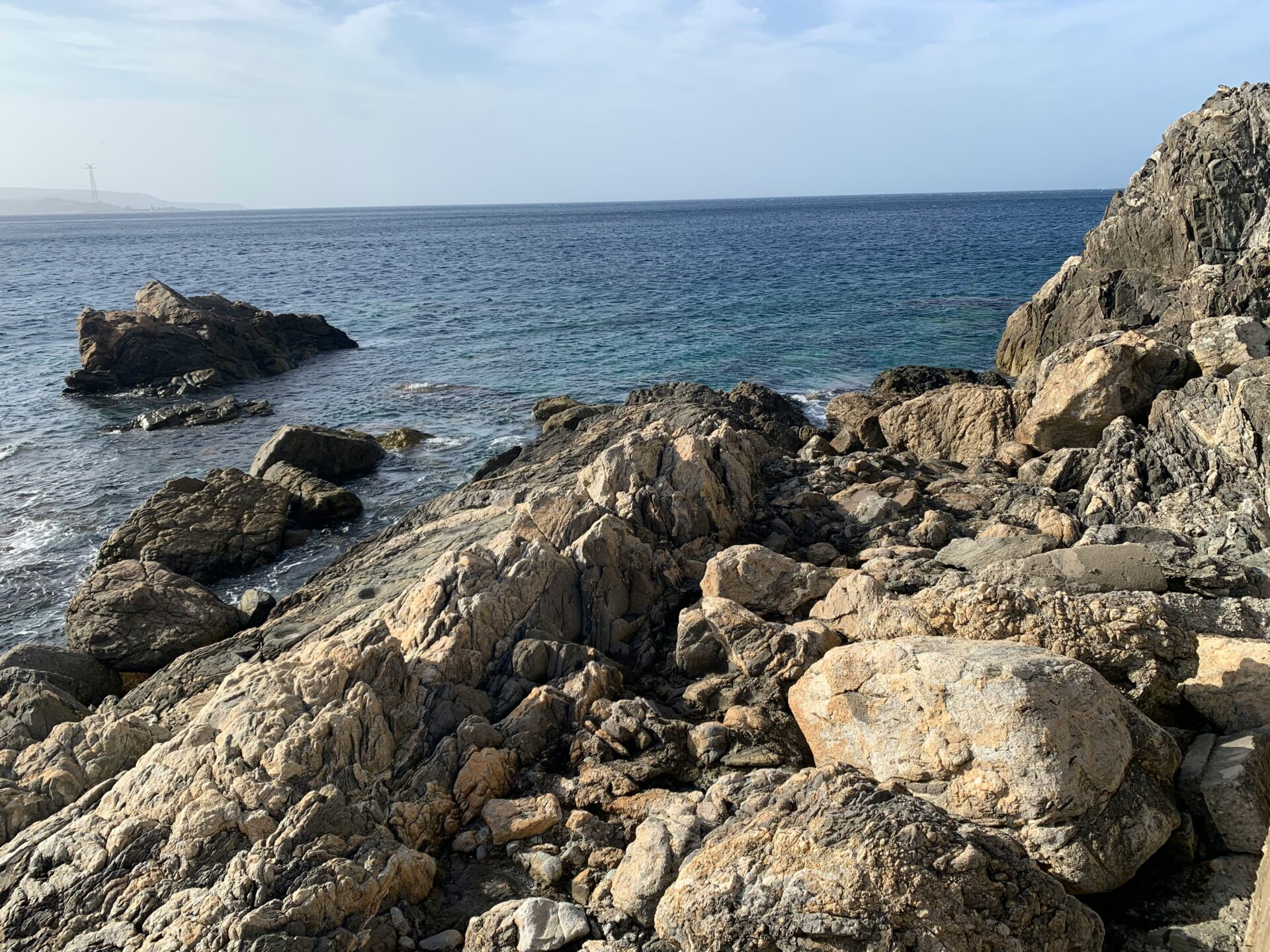
From Magna Graecia to Modern Day
Chianalea’s history goes back more than 2,500 years, starting with Greek colonists in Magna Graecia. Archaeological finds confirm the Greeks were here as early as the 5th century BCE.
The village changed hands over the centuries—Romans, Byzantines, Normans—all left their mark.
Medieval influence stands out in the architecture and street layout. Those narrow, winding streets weren’t for looks—they helped protect against pirates and fierce winds.
What blows my mind is how fishing traditions survive almost unchanged since ancient times. The specialized passerelle boats for swordfish hunting follow designs that go back centuries. History lives on in daily life here.

Castello Ruffo and the Ruffo Castle Legacy
Castello Ruffo towers over Chianalea from its rocky perch. I found out it dates back to the 5th century, first built by the Dukes of Calabria as a fortress.
In the 16th century, the Ruffo family took over and expanded it, turning it into a grand residence but keeping its defensive edge.
Now, Castello Ruffo houses a museum about local maritime traditions. Its lighthouse still guides ships through the strait.
The views from up there are unreal. I looked out across the water to Sicily and watched fishermen in their boats below—the same view sentries would’ve had ages ago.
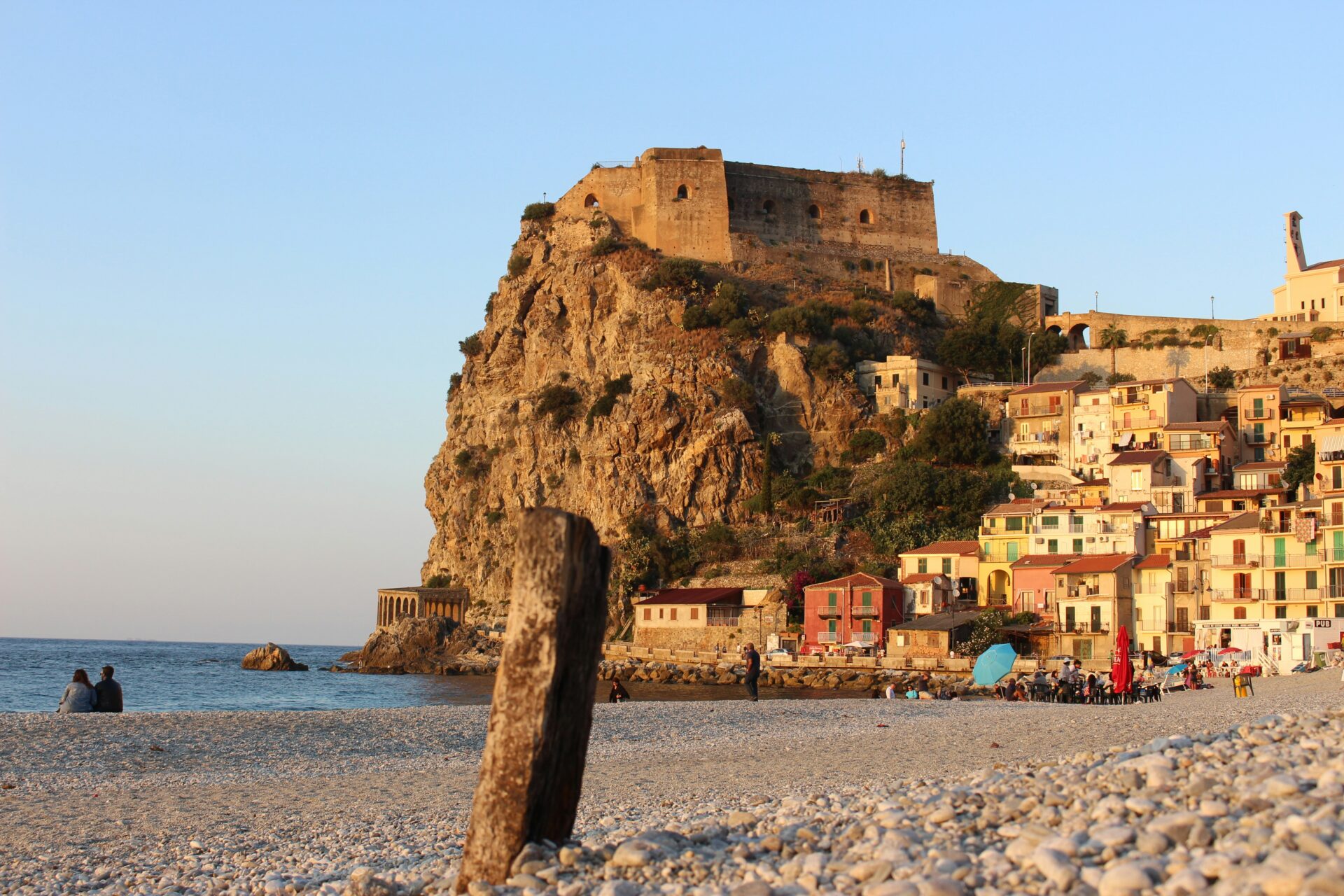
San Giuseppe and Piazza San Rocco
Chianalea’s cultural heart beats in its churches and public squares. I love hanging out in Piazza San Rocco, where locals gather each evening for the passeggiata.
The Church of San Giuseppe means a lot to the fishing community. Before swordfish season kicks off in May, fishermen come here for a blessing ceremony that hasn’t changed in generations.
On March 19th, during the feast of San Giuseppe, the whole village creates elaborate food altars called “tavulate,” covered in traditional seafood dishes.
Religious processions wind through Chianalea’s narrow streets several times a year. The biggest one happens in August, honoring San Rocco, the village’s patron saint. I’ve watched boats decorated with flowers follow the saint’s statue along the coast—it’s a sight that sticks with you.
The Waterfront Experience: Beaches, Sunsets, and Panoramic Views
Chianalea’s coastline serves up some of the most stunning views in Calabria. The meeting of mountains and sea creates moments I just can’t forget.
Marina Grande Beach and Clean Shores
Marina Grande is Scilla’s main beach—a wide stretch of pebbles and clear water. It’s become my favorite place to unwind. The beach stays impressively clean, and the Tyrrhenian Sea looks almost too clear to be real.
What makes this spot unique is the castle looming above, creating a dramatic backdrop for sunbathers. On summer mornings, I love watching the swordfish boats head out for the day’s catch.
The shore feels well-cared for, with a few small cafés offering cold drinks and snacks. Families like the gentle entry into the water, though I’d recommend water shoes since the pebbles can be rough on your feet.

Sunset Over the Tyrrhenian Sea
I’ve seen sunsets in a lot of places, but nothing comes close to Chianalea’s. As evening falls, the sea turns into a painting—orange, pink, purple, you name it.
My favorite spots for sunset are:
- The castle overlook
- The rocky outcrop near the lighthouse
- Any waterfront restaurant in Chianalea
You can spot Sicily and the Aeolian Islands on the horizon as the sun dips below the sea. Locals and visitors gather along the water every night for the show.
Swordfish boats often return at sunset, their silhouettes gliding across the glowing sky. It’s one of those simple, perfect moments.
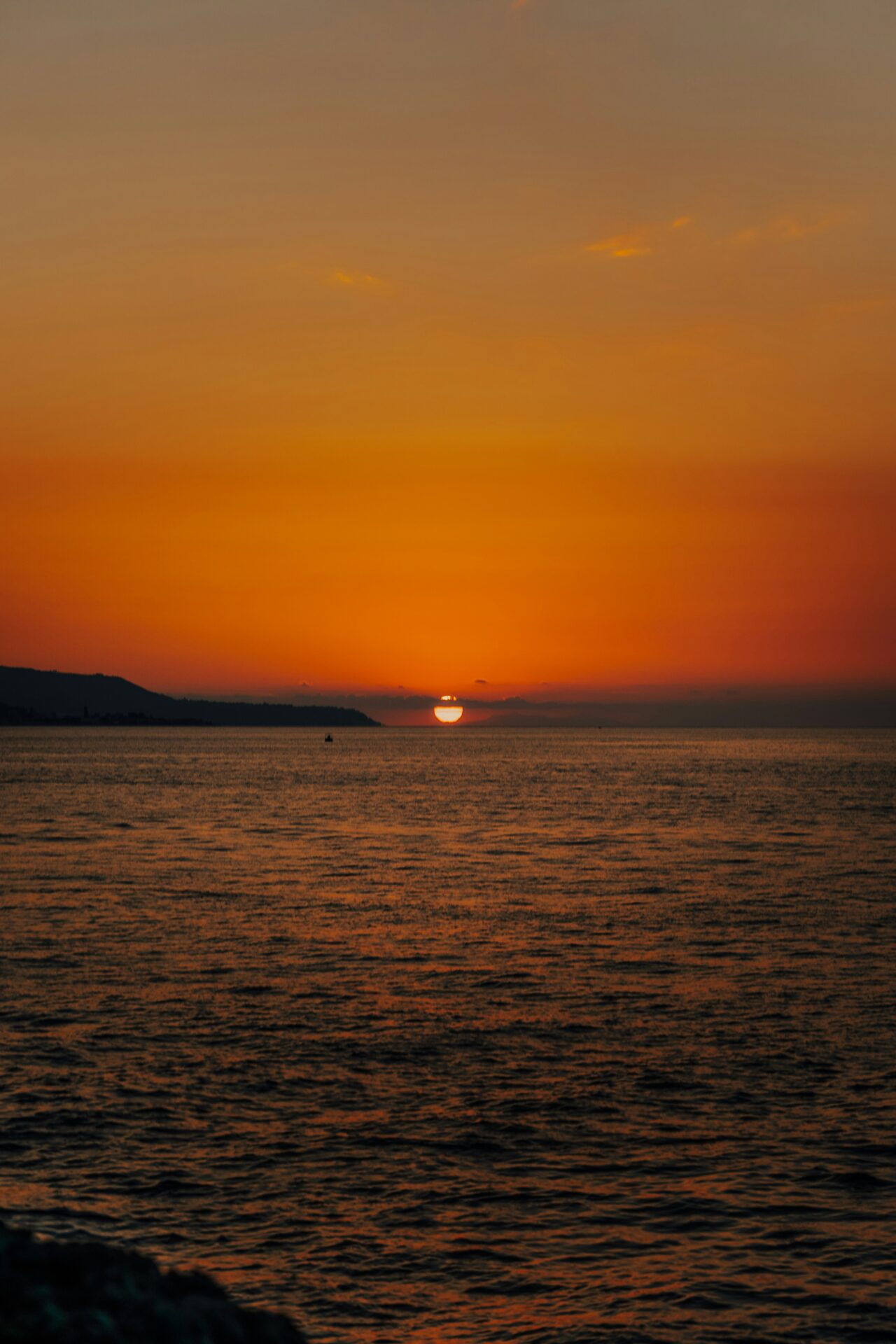
Costa Viola and Panoramic Vantage Points
The name “Costa Viola” (Purple Coast) makes sense when you see the coastline from above. The water really does take on a violet tint in certain light.
My go-to viewpoints are:
- The castle terrace
- The road between Scilla and Bagnara Calabra
- The hills above Favazzina
From up there, you can see the coastline stretching all the way to Reggio Calabria. The rugged mountains and deep blue sea create views that honestly take your breath away.
The natural beauty of this area is undeniable. Steep cliffs drop into clear waters, and hiking the paths between coastal villages gives you new perspectives at every turn.
Local Flavors: Seafood, Wine, and Dining in Chianalea
Chianalea’s food scene takes you on a real journey through authentic flavors and time-honored traditions. Fresh seafood fills every menu, with swordfish stealing the spotlight from May to September.
Authentic Restaurants and Must-Try Seafood
As I wandered through Chianalea’s narrow streets, I stumbled upon a few hidden gems serving up the freshest catch. Civico5 absolutely nails their famous swordfish sandwich—a simple, perfect combo of locally-caught fish and regional flavors. Whenever I’m in the village, that’s my default lunch.
La Locandiera brings a more upscale vibe. Their signature swordfish, grilled the Calabrian way with local olive oil, lemon, and herbs, is something you just have to try.
- Pesce Spada alla Ghiotta – swordfish with tomatoes, capers, and olives
- Frittura di Paranza – mixed fried small fish
- Pasta con le Sarde – pasta tossed with fresh sardines
Restaurants often put the day’s catch right out front, so you can see exactly what’s on your plate.
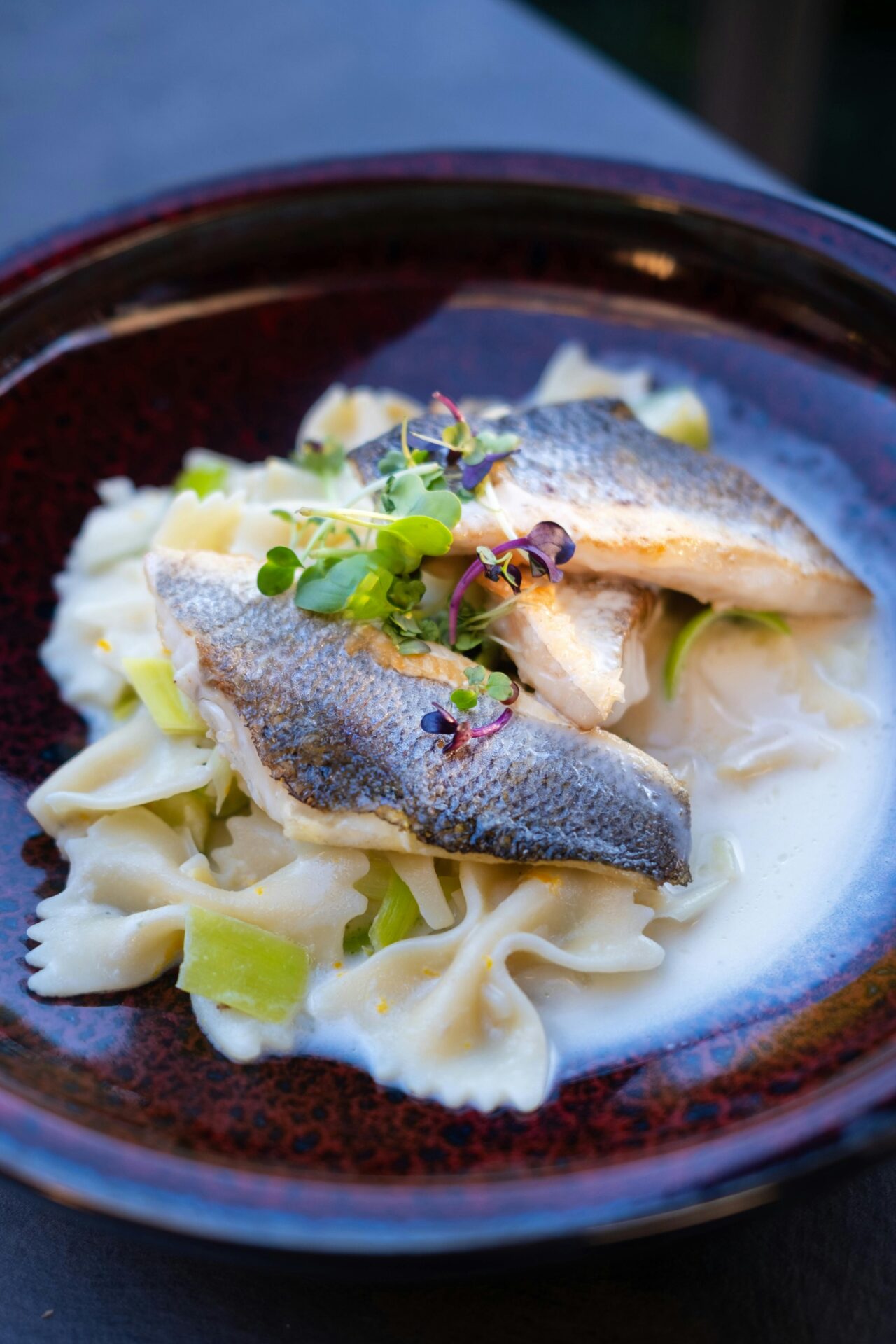
Local Wine and Culinary Traditions
No meal in Chianalea feels complete without a glass of local wine. Casa Vela serves up a fantastic selection of Calabrian bottles that pair beautifully with seafood.
The traditional wines here include:
| Wine | Characteristics | Best Pairing |
|---|---|---|
| Greco di Bianco | Sweet white | Desserts |
| Cirò | Robust red | Grilled fish |
| Mantonico | Dry white | Raw seafood |
Fishing traditions run deep in the local cuisine. Families have handed down recipes for generations, and many dishes still use swordfish caught with age-old methods—now regulated to protect the fish.
I get a kick out of watching locals prep their seafood. They keep it simple—olive oil, lemon, herbs—and let those fresh flavors do all the talking.
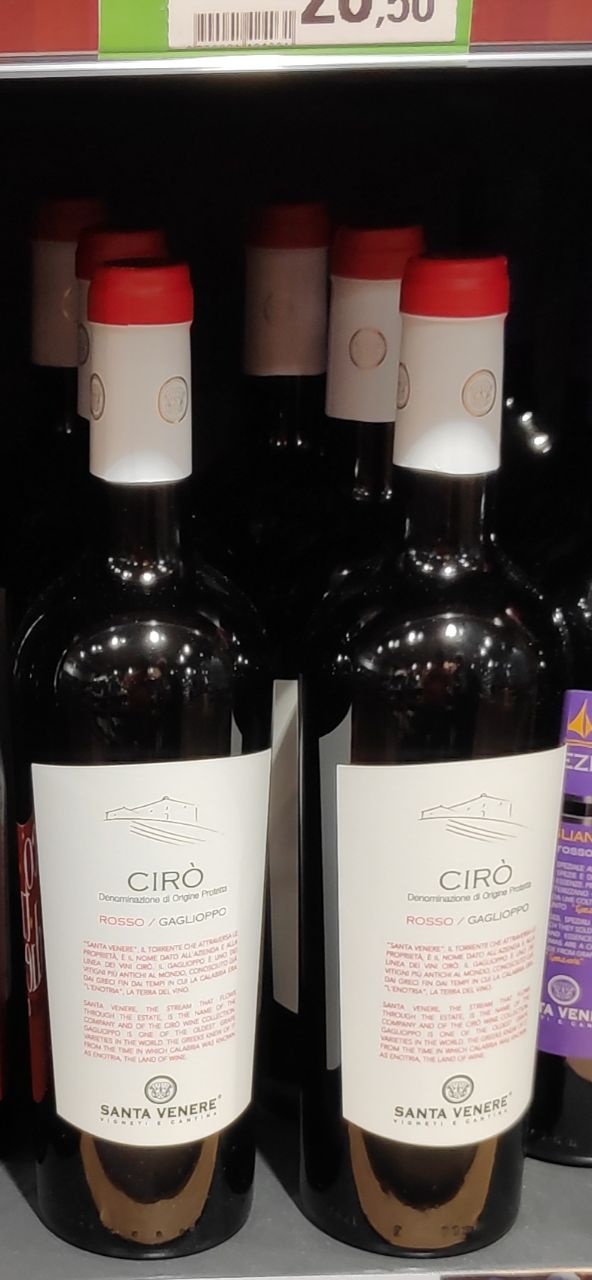
Dining on the Water’s Edge
Honestly, what really sets Chianalea apart is the setting. Many spots perch right over the water, earning the village its “Little Venice of the South” nickname.
One night, I had dinner at a seaside trattoria. Waves bumped gently against the walls, and with fresh seafood and local wine, it felt pretty magical.
If you want those golden-hour views, grab a table at a west-facing restaurant around 7 pm. The way the light dances on the water as fishing boats drift back—it’s the ultimate dinner backdrop.
Street food’s a big deal here too. Vendors hand out paper cones loaded with fried calamari and little fish. Perfect for snacking as you wander the sea lanes and soak up the village vibe.

Planning Your Visit: Excursions, Hiking, and Nearby Gems
Chianalea’s charm doesn’t stop at its fishing village roots. It’s a great launchpad for exploring Calabria’s hidden corners. Whether you’re into coastal jaunts or mountain hikes, you’ll find something genuine here.
Day Trips: Tropea, Reggio Calabria, and Surrounding Towns
Tropea really wowed me. It’s about an hour north and sits high on a cliff, with white beaches and clear water below. The Santa Maria dell’Isola church, perched on its rock, is a must for photos.
Reggio Calabria is just 25 kilometers south. The elegant lungomare promenade took me by surprise—some say it’s “the most beautiful kilometer in Italy.” The Riace Bronzes at the National Archaeological Museum? Absolutely worth seeing.
If you love boats, don’t skip the 3-hour tour of Scilla and Bagnara Caves. The coastline’s dramatic, and the blue water is perfect for a swim.
Popular Day Trips from Chianalea:
- Tropea: 1 hour drive (beaches, historic center)
- Reggio Calabria: 25 km (Riace Bronzes, promenade)
- Bagnara: 15 km (beaches, seafood restaurants)
- Scilla & Bagnara Caves Tour: 3 hours by boat
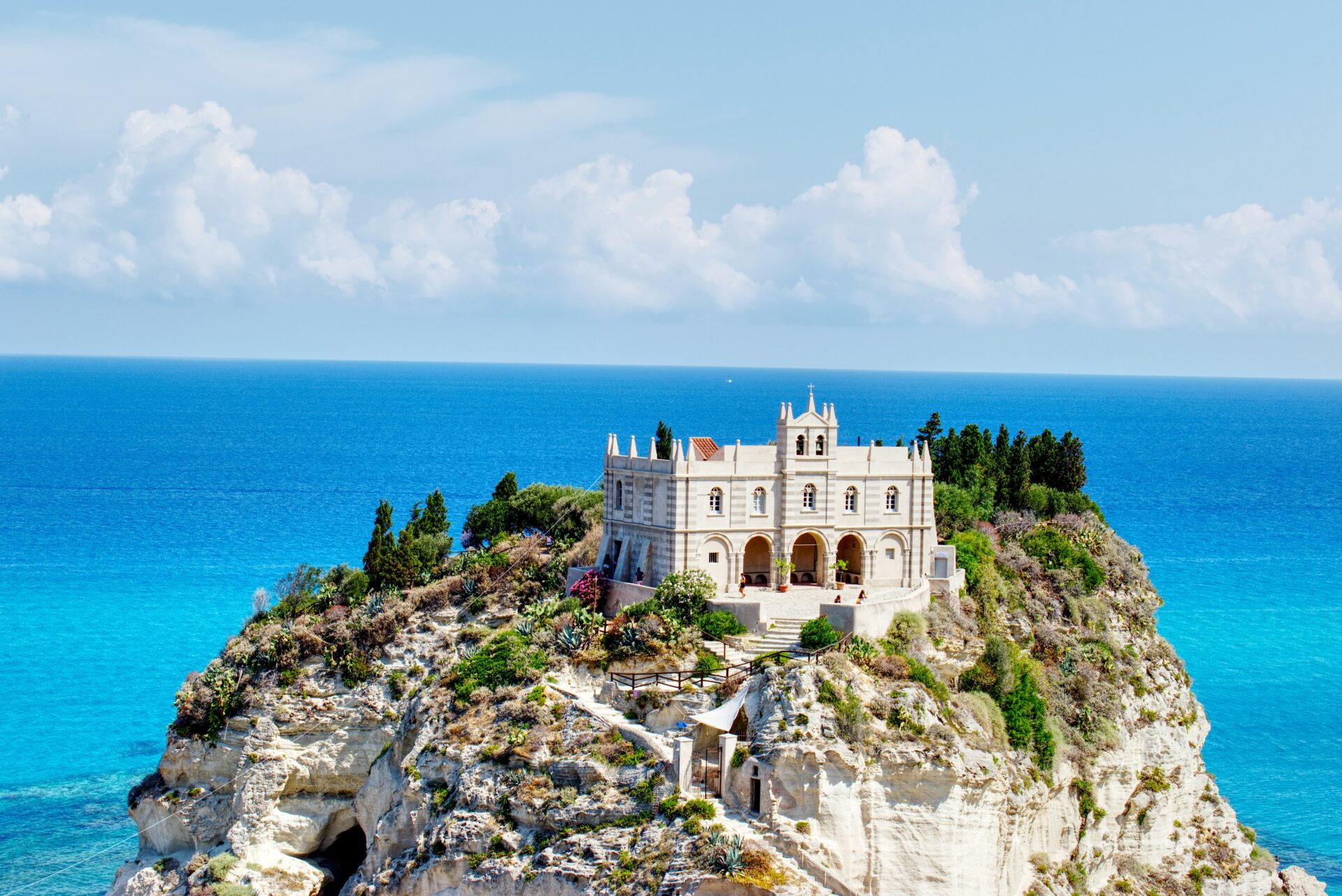
Nature Adventures in Aspromonte National Park
When I needed a break from the coast, Aspromonte National Park felt like another world. It’s just an hour inland, but the mountains make it feel much farther.
The hike to Pietra Cappa was a highlight for me. That massive monolith towers over everything, and the views stretch all the way to the sea.
Spring and early summer—think May or June—bring the best hiking weather. Local guides in Chianalea can sort out transport and guided hikes, usually for a good price.
The park’s biodiversity blew me away. I wandered through dense forests, crossed rushing streams, and even caught glimpses of native wildlife. Just don’t forget sturdy shoes and plenty of water; some trails can be tough.
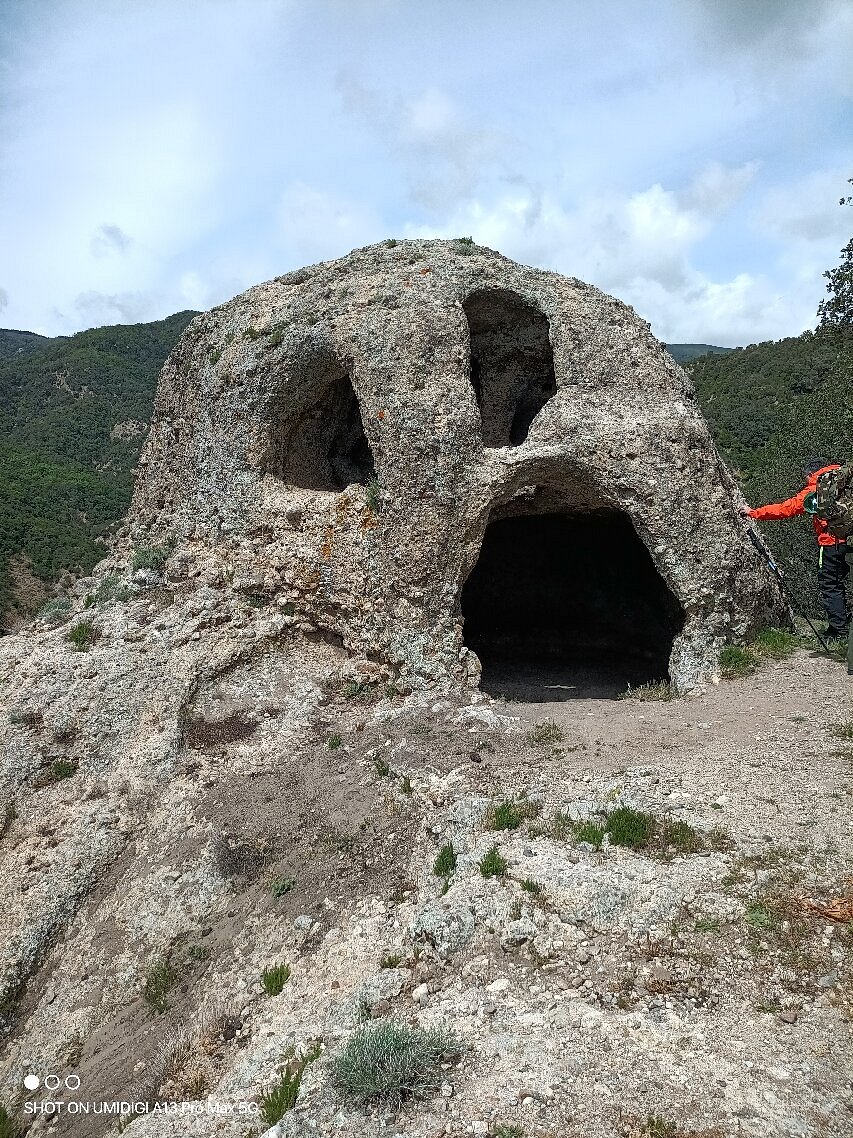
Where to Stay: Hotel Scilla and More
I’ve stayed at Hotel Scilla a few times and always loved its location overlooking Marina Grande beach. The sea-view balconies? Waking up to a sunrise over the Tyrrhenian Sea never gets old.
For something more authentic, you can book a converted fishermen’s house right in Chianalea. Some have terraces built right over the water. Falling asleep to waves under my window—honestly, it sticks with me.
Accommodation Options:
- Hotel Scilla: Seaside location, modern amenities
- Fishermen's houses: Authentic experience, water views
- B&Bs in Chianalea: Local hospitality, traditional breakfast
- Vacation rentals: Good for families or longer stays
If you’re on a budget, book early—especially from May to September, when swordfish season draws extra visitors.
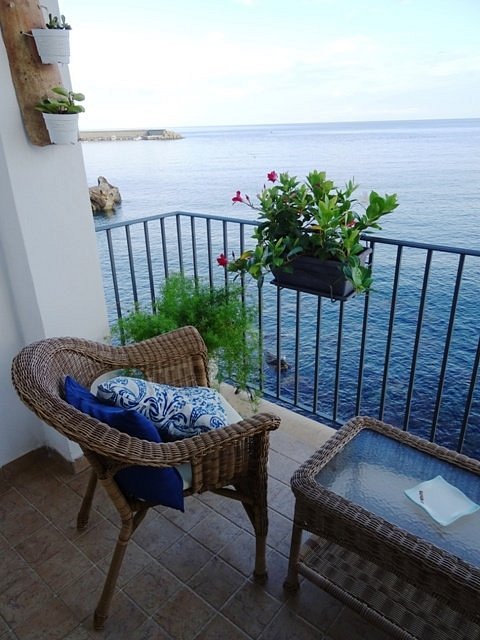
Travel Tips and Getting There (Lamezia Terme, Riace Bronzes)
Lamezia Terme Airport acts as the main gateway to Calabria.
I usually grab a rental car right at the airport. The drive to Chianalea runs about an hour and a half, and honestly, that coastal highway? It’s a stunner.
If you’d rather stick with public transportation, regular trains go from Lamezia Terme to Scilla station.
Once you get there, you can just hop in a taxi for a quick ride to Chianalea.
The best time to visit? That lines up with swordfish hunting season, from May to September.
I’ve found early June feels just right—the weather’s pretty much perfect, but the big summer crowds haven’t shown up yet.
When you’re heading to Reggio Calabria to see the Riace Bronzes, try to get there early.
The museum tends to fill up by midday, especially in summer, and no one likes elbowing through a crowd.
Don’t forget to try local favorites like swordfish alla ghiotta at one of Chianalea’s waterfront spots.
It’s kind of cool knowing the fishing boats you spot in the morning might be bringing in your dinner for that night!

